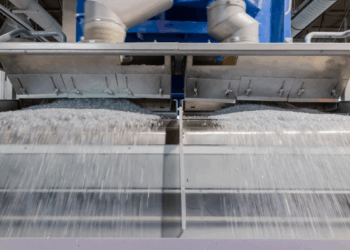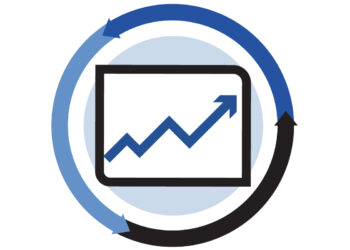A number of market factors squeezed the ITAD industry earlier this year, including high costs of labor and lower secondary market prices, according to a first-of-its-kind survey.
But executives also identified some bright points, including a perceived willingness among many clients to pay more to ensure proper data destruction and environmentally friendly end-of-life device management.ITAD industry consulting firm Compliance Standards and electronics recycling and reuse publication E-Scrap News have released the results of a joint survey of industry executives. Overall, responses indicated the first quarter brought fairly tough business conditions.
Add Your Voice
Compliance Standards and E-Scrap News have launched our survey exploring ITAD market conditions seen in the second quarter of 2023. Fill out the survey today to get the first look at results. All responses will be kept anonymous.“Although there are several issues, from increased wage pressure to difficulty in finding qualified employees, the biggest challenge is processing higher volumes for less profit,” one respondent wrote (all individual survey responses remain confidential).
“Economic uncertainty has been driving reductions in ITAD volumes, which drive expense reductions in ITAD operations,” another one wrote.
The analysis, which covers the first quarter of 2023, is the first of what’s planned to be an ongoing quarterly survey. The next survey, which covers the second quarter of 2023, opens today. Leaders of ITAD companies and adjacent market segments are encouraged to contribute their insights.
Each quarter, industry professionals who share insights via the survey are invited to a webinar recapping the major takeaways (recordings are sent to those who missed the live event) and are provided an in-depth written report summarizing findings of the research.
The following are several high-level takeaways from the first-quarter survey (additional insights, including forward-looking ones, will be covered in an E-Scrap News story next week):
Challenging markets
On a year-over-year basis, 56% of respondents indicated business conditions were worse during the first quarter, 18% said they were better and 26% said they remained the same.
In terms of year-over-year revenue changes, however, responses varied significantly. Overall, 52% saw revenues increase, 37% saw them decrease and the remaining 11% reported flat numbers.
Respondents cited a number of factors, including rising costs (including labor), a used equipment supply-demand imbalance driving down secondary market prices, and overall uncertainty about global and domestic politics and the trajectory of the economy. One respondent also noted that year-over-year comparisons looked bad partially because the first quarter of 2022 experienced “stronger than normal demand for services.”
The survey asked specifically about secondary equipment markets, which are major sources of revenue for many companies. Looking at year-over-year comparisons, 70% said prices for used electronics decreased a lot and 25% said they decreased a little. The remaining 5% indicated they increased a little.
“The value of electronics has dropped, which eats into profits,” one respondent wrote. “So we’ve had to adjust with starting to change cut lines and service fees.”
Willingness to pay for data destruction
The survey also polled company leaders about their customers’ awareness of the importance of data security and the environmental benefits of reuse and recycling, as well as their customers’ willingness to pay to ensure positive outcomes.
In those responses, there was good news.
None of the respondents reported decreases in their clients’ awareness of the importance of data security or the environmental benefits of reuse/recycling.
And there were some indications clients may be willing to shell out more money to ensure those desirable outcomes. Half of respondents felt that their clients wanted to pay the same amount of money – no more, and more less – to ensure proper data destruction, but a full 40% of them indicated their customers were willing to pay more. Another 5% said their clients insisted on paying less and 5% said they didn’t know.
The same general trend went for environmental protection. Half said their clients insisted on paying the same amount to ensure reuse/recycling, 35% said they were willing to pay more, 10% said they insisted on paying less and 5% said they didn’t know.
A variety of ITAD firm sizes
A wide range of small, medium and large companies provided insight in May for the first-quarter analysis. Nearly one-third were small businesses with 25 or fewer employees, just over half were medium-sized companies with between 26 and 200 employees, and the rest had over 200 employees.
Nearly three quarters of the respondents indicated their core business is an ITAD service provider, and the rest were equipment/products/software suppliers, commodities recovery companies or “other.”






















